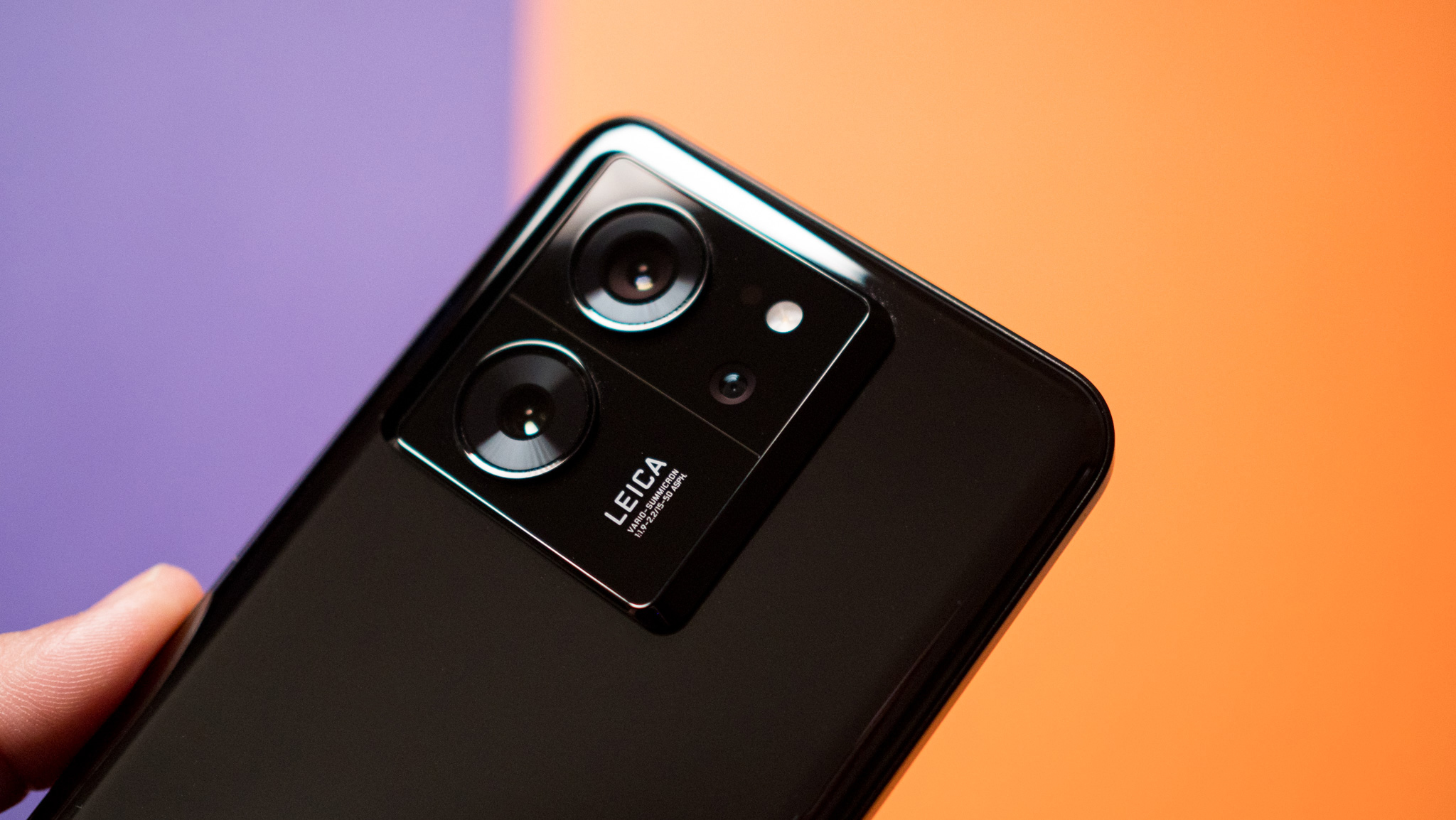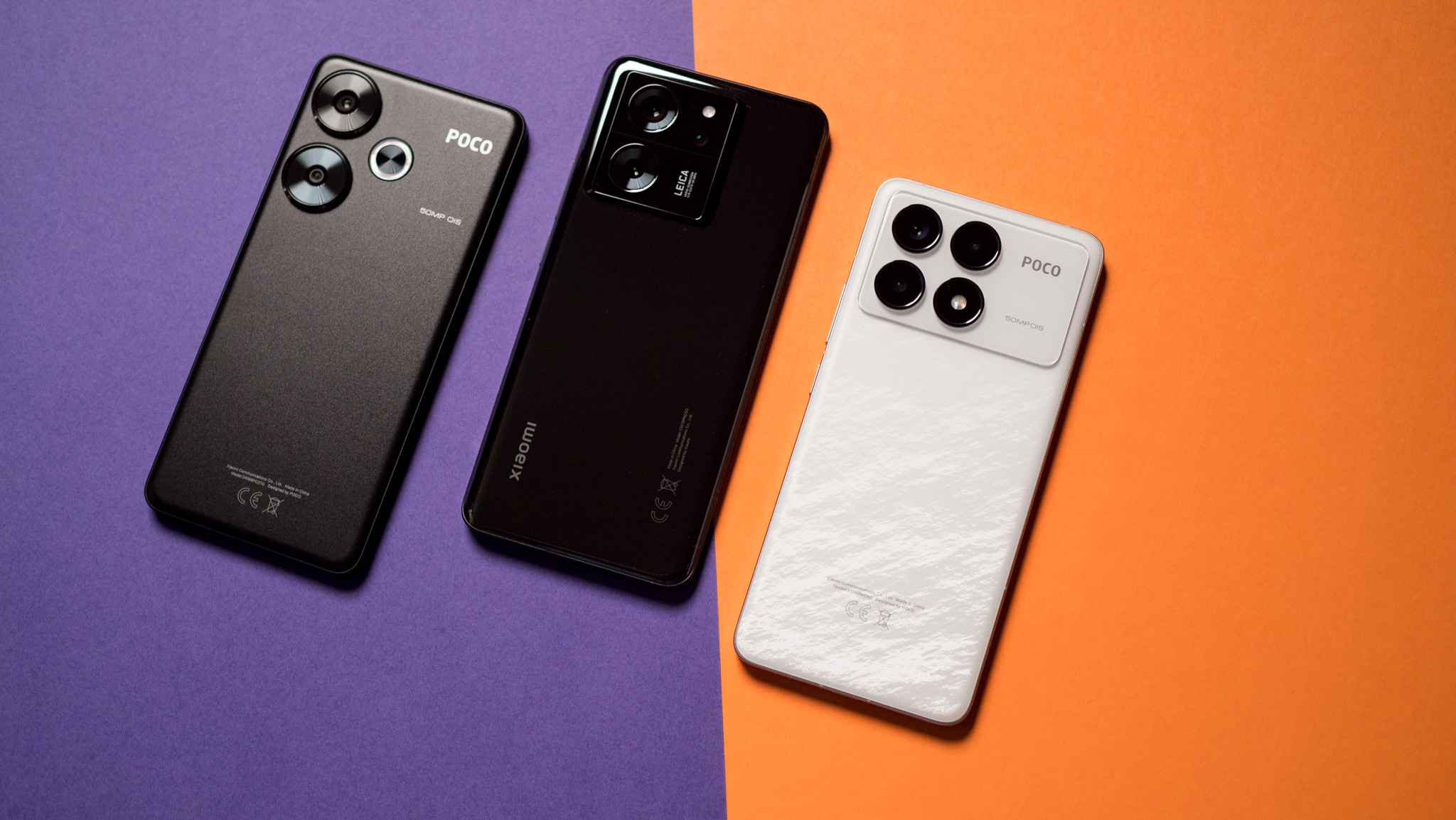The Xiaomi 13T Pro is still a great phone in 2024
Xiaomi's 2023 flagship killer has plenty to offer.

There's a lot of choice if you're interested in buying a Xiaomi phone in mid-2024; the Xiaomi 14 continues to be my recommendation if you need a smallish phone, and the 14 Ultra has one of the best overall camera packages you'll find today. Then there are the value flagship offerings — the 13T Pro in particular is a standout choice.
While most manufacturers moved away from the idea of a mid-cycle refresh, Xiaomi's T series devices are an integral part of its phone portfolio, and last year's 13T series picked up a huge upgrade: Leica integration. Xiaomi needed a way to differentiate the 13T series against the POCO F5 and F5 Pro, and adding a few Leica effects and filters goes a long way in achieving that.

I used the 13T Pro when it launched, and I switched back to the device recently to see how it holds up against 2024 value flagships. I'm still not a fan of the design; the large rectangular camera island at the back with curving sides just doesn't look cohesive, and it comes across as half-done. While the blue version of the phone has a faux leather back, the black model has a glass back with a glossy finish that's just mundane.
The plastic sides don't quite have the same feel as the likes of the Xiaomi 14, but they don't have a glossy coat either, and that at least makes using the device a little easier. That said, I like the way the back curves to meet the mid-frame; even though the front of the phone has a flat panel, the curves at the back make a noticeable difference in usability.

Where the 13T Pro comes into its own is the screen; the 6.67-inch AMOLED panel has excellent colors and contrast levels, and it gets incredibly bright in daily use. The Xiaomi 14 managed to get a smidgen brighter in auto mode while outdoors, but the 13T Pro has absolutely no issues in this area, and like most Xiaomi phones, the stereo sound coming out of this thing is highly detailed, and loud.
Interestingly, Xiaomi went with a 144Hz refresh for the 13T series, and while I didn't notice too much of a difference between 120Hz and 144Hz, the 13T Pro has a level of immediacy and fluidity that I didn't notice outside the OnePlus 12. Of course, you'll need to go into the settings to manually toggle the 144Hz mode.

In a similar vein, the Dimensity 9200+ continues to deliver outstanding performance. It delivers stable framerates in demanding games, and the best part is that there is no noticeable overheating. Although the Snapdragon 8 Gen 3 has better figures in synthetic testing, it tends to get hotter as well, so if you want a gaming-focused phone that manages thermals, this is still a great option.
Get the latest news from Android Central, your trusted companion in the world of Android
Another upgrade is around ingress protection, with the 13T Pro getting IP68 dust and water resistance as standard. This brings it closer to the likes of the Galaxy S24 and Xiaomi 14, and is a good move from Xiaomi, considering the 12T models only had IP54. On that note, the vibration motor is much better this time as well, and it has granular feedback.


Where the 13T Pro truly differentiates itself from its predecessors is the cameras; the phone has a 50MP Sony IMX707 main camera with OIS, a 50MP zoom lens with 2x optical zoom, and a 12MP wide-angle that's much better than previous years. The camera isn't as good as the Xiaomi 14, but it has much better versatility than previous years, and the Leica collaboration means you get more shooting modes and effects.
But what I liked better is the battery life. The 13T Pro is one of the best Xiaomi phones in this regard, and the 5000mAh battery managed to last a day and a half with relative ease. There wasn't a single day where the battery went below 20% even with heavy use, and there just isn't any need to be anxious in this regard. On that note, the 120W charging tech ensures a full charge takes just 28 minutes, and that party trick doesn't get old.

As for the software, the 13T Pro switched to HyperOS in February, and the Android 14-based interface isn't noticeably different to MIUI 14. What is noticeable is that the overall interface has better fluidity and optimization, and in that sense, it is distinctly better than MIUI 14. The software itself is identical to what you get on other Xiaomi phones, and if you've used MIUI for a while, you'll be immediately familiar with what's on offer.
The 13T Pro will get four Android OS updates, but given Xiaomi's glacial pace in this area, it's likely you'll need to wait at least until Q1 2025 to pick up Android 15. That said, the phone will be updated to Android 17 when that becomes available, so it should be good for long-term use.

Xiaomi sells the 12GB/512GB model of the 13T Pro in the U.K., and while it went on sale earlier in the year, it is back up to its £699 ($890) retail price. That's still £149 ($190) less than the Xiaomi 14, and you get a larger screen and a bigger battery. If you want to maximize value, the standard Xiaomi 13T retails for £549 ($699), and while you don't get as much storage (it's sold in an 8GB/256GB configuration), it has the same set of cameras, same AMOLED panel, and same battery.
The only difference is that the 13T takes an additional 15 minutes to charge the 5000mAh battery as it has 67W charging tech. Honestly, you don't notice the difference in daily use, and for my money, I'd get the Xiaomi 13T — it is the best value in Xiaomi's portfolio.

Considering where the 13T series is in its product cycle, Xiaomi is bound to start heavily discounting the devices as it starts to shift attention to the upcoming 14T models. I also like the POCO F6 quite a bit, and while it has better cameras, they're not quite in the same league as the 13T series, so if that's a priority, you should pick up the 13T or 13T Pro.

The 13T Pro continues to be a stellar choice in 2024, and while it may not have the latest hardware or the best cameras, it is a great all-rounder.

Harish Jonnalagadda is Android Central's Senior Editor overseeing mobile coverage. In his current role, he leads the site's coverage of Chinese phone brands, networking products, and AV gear. He has been testing phones for over a decade, and has extensive experience in mobile hardware and the global semiconductor industry. Contact him on Twitter at @chunkynerd.
You must confirm your public display name before commenting
Please logout and then login again, you will then be prompted to enter your display name.
